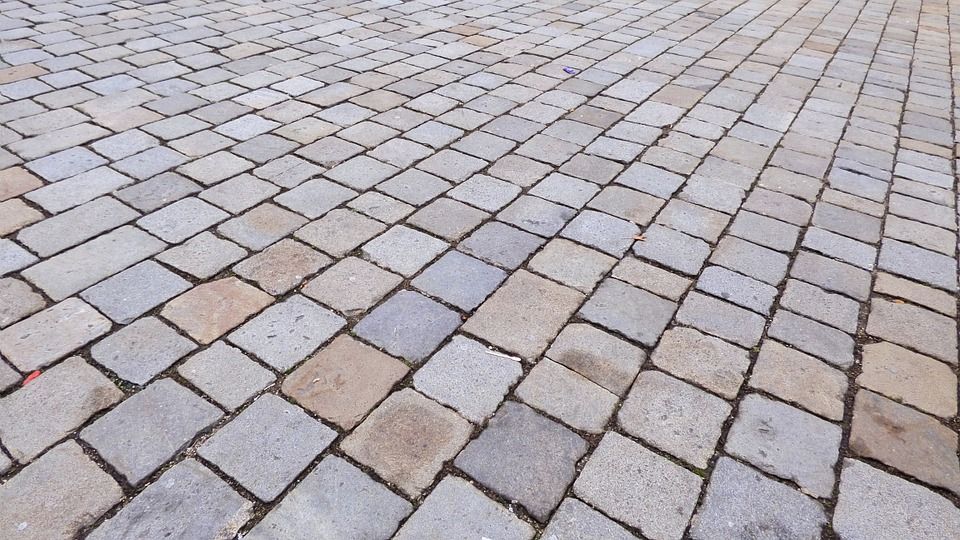
One of the most common questions our design and sales team is asked during landscape and pool consolation sessions is "Which is the better patio material, pavers or stamped concrete?" While initial visual appearance is always at the forefront of our minds, our designers carefully consider the durability and maintenance of the paving materials we suggest and install. There are many pros and cons to pavers and stamped concrete. We could list dozens of praises and concerns associated with this topic, but we believe that the items outlined below are the chief concerns involved in the decision making process for the average residential patio or deck design and installation.
Pavers
Pavers are often considered to be the most beautiful and elegant hardscape material by professionals throughout the industry. Pavers are manufactured to withstand harsh weather conditions as well as heavy loads. While the industry standard for concrete pavers is 8000 psi, most pavestone pavers test at 10,000 to 11,000 psi. With over 100 different styles and colors of pavestone options available, it makes it easy to design patio and decking to compliment the existing landscape or structural elements.
Cost of Pavers: $10-15 sqft installed
Pros:
- Approximately 3 times stronger than poured concrete (10,000-11,000 psi)
- If installed correctly, pavers will not crack.
- Not slippery when wet, excellent for swimming pool decks.
- Easy to repair or make changes, no jackhammers involved!
- Resistant to freeze thaw cycles, will not absorb moisture.
- Aesthetically superior to many other pavement material types.
Cons:
- Limited color and pattern selection compared to stamped concrete.
- Weeds can grow in between pavers if polymeric sand is not used.
- Possibility of settling over time, this can be avoided with properly installed base material.
Stamped Concrete
Stamped concrete is one of the most popular patio and deck materials worldwide. It is slightly cheaper than pavers and offers a variety of colors and patterns. Since stamped concrete is in fact concrete, it will crack at some point. Installers will try to combat this issue by placing control joints every few feet. The "stamped" look of this product is achieved by stamping the concrete after it has been poured and before it begins to harden. The color of the material is often mixed in with the concrete as it goes into the truck. While stamped concrete might appear as the magic hardscape material, there are a couple major concerns with the material that should be considered when planning a residential or commercial hardscape project.
Cost of Stamped Concrete: $10-12 sqft installed
Pros:
- Wide variety of colors and patterns.
- Slightly cheaper than pavers and other paving materials.
- Stamped concrete is sealed, protecting it from weather elements and pool chemicals.
- Achieve a natural stone or brick look at less expense.
Cons:
- Stamped concrete WILL CRACK, many designers call this a feature.
- Only rated at 3,500-5,000 psi, should not be driven on.
- Will absorb moisture, not resistant to freeze thaw cycles.
- Quality control often an issue, multiple trucks on a job can produce unwanted variation in color.
- Must be re-sealed every 2-3 years.
- Slippery when wet.
If you’re interested in a new patio or walkway from our concrete paving company, we’d be happy to discuss it with you. Give us a call today at 1-888-PAVEMENT to get started.